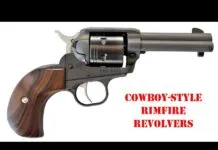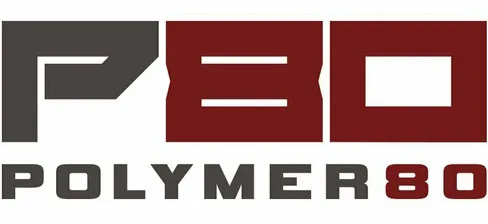S&W Stock Offering to Pay Down Debt
Sig Sauer P250 Two-Tone 9mm
Big news at the Exeter, New Hampshire, plant not only includes a change of name from Sigarms to Sig Sauer, but also the release of a new pistol. The P250 featured a double-action system that raised the hammer smoothly in direct proportion to movement of the trigger. The stroke was long but the same length every time. Aside from the single-action 1911-style pistols, other Sig Sauer trigger systems are not as simple.
Some models feature a double-action first stroke with the hammer remaining cocked thereafter and the trigger resetting rearward in the trigger guard. Until manually decocked, subsequent shots are fired single-action only.
30th Annual NRA Bianchi Cup Goes to Doug Koenig
AcuSport Debuts FFLGuard Service
Gays and Guns
USAMU’s Anti Qualfies for Prone Rifle, Snyder Callahan, Turner and Szarenski Qualify In Pistol...
Concealed Weapons Now Allowed In Parks, On Public Transportation
380 ACP Pistols: Rugers New LCP Wins Against PPK, Taurus
Special Report – Two Tiny 380S: LCP VS. Kel-Tec
380 ACP Pistols: Rugers New LCP Wins Against PPK, Taurus
Special Report – Two Tiny 380S: LCP VS. Kel-Tec
Kimber Aegis II 9mm
In Greek mythology the aegis was the shield of Zeus. In Kimber's parlance, the Aegis II is much more offense-minded.
It's a small alloy-framed 1911 chambered for 9mm and fed from a single-column magazine. The Kimber Aegis II differs primarily from the Springfield Armory EMP by being built on a frame with grip and magazine well of standard 1911 dimensions. The 8-round MetalForm 9mm magazine shared the same outer dimensions as a typical .45 ACP magazine.



































